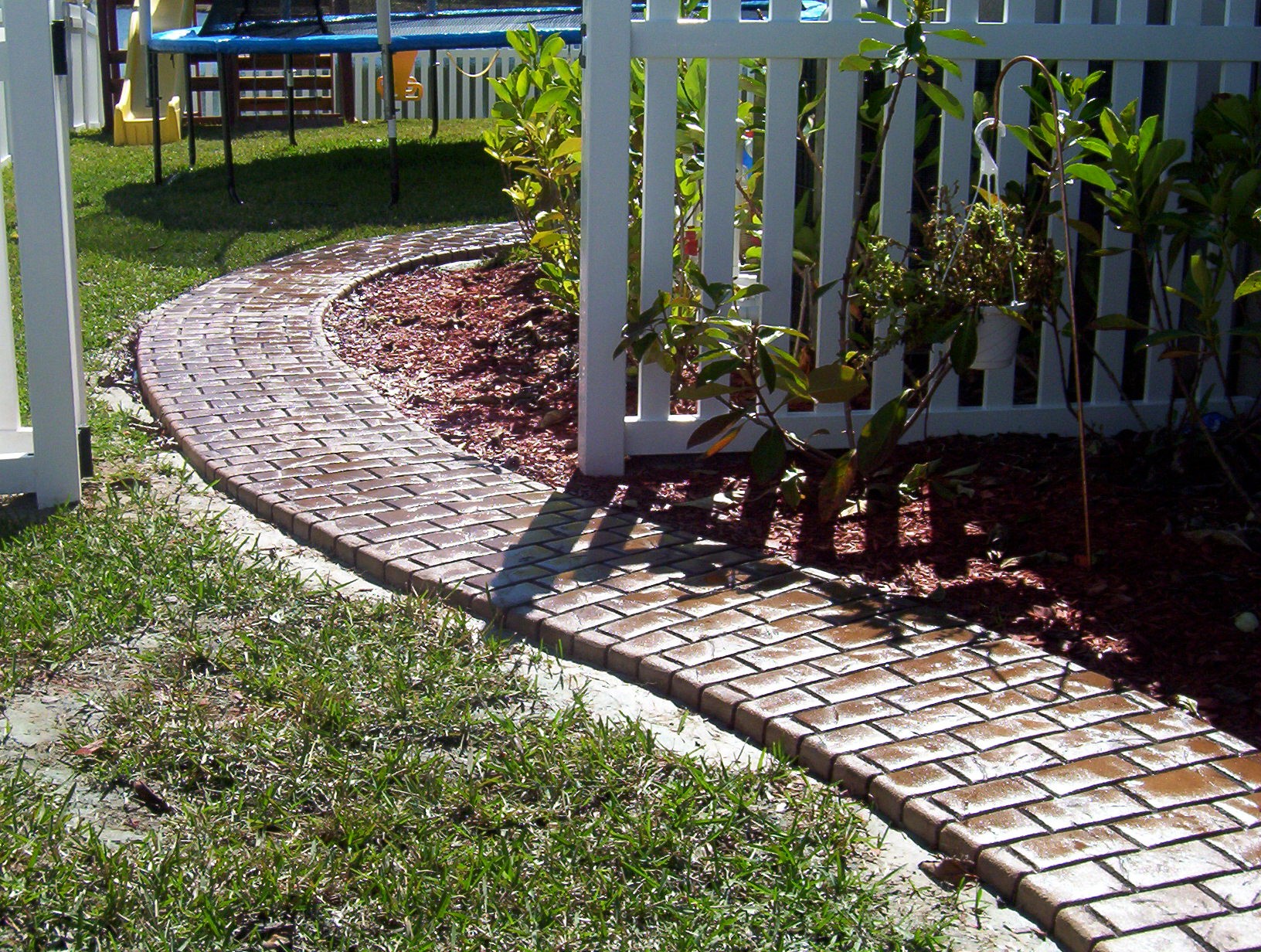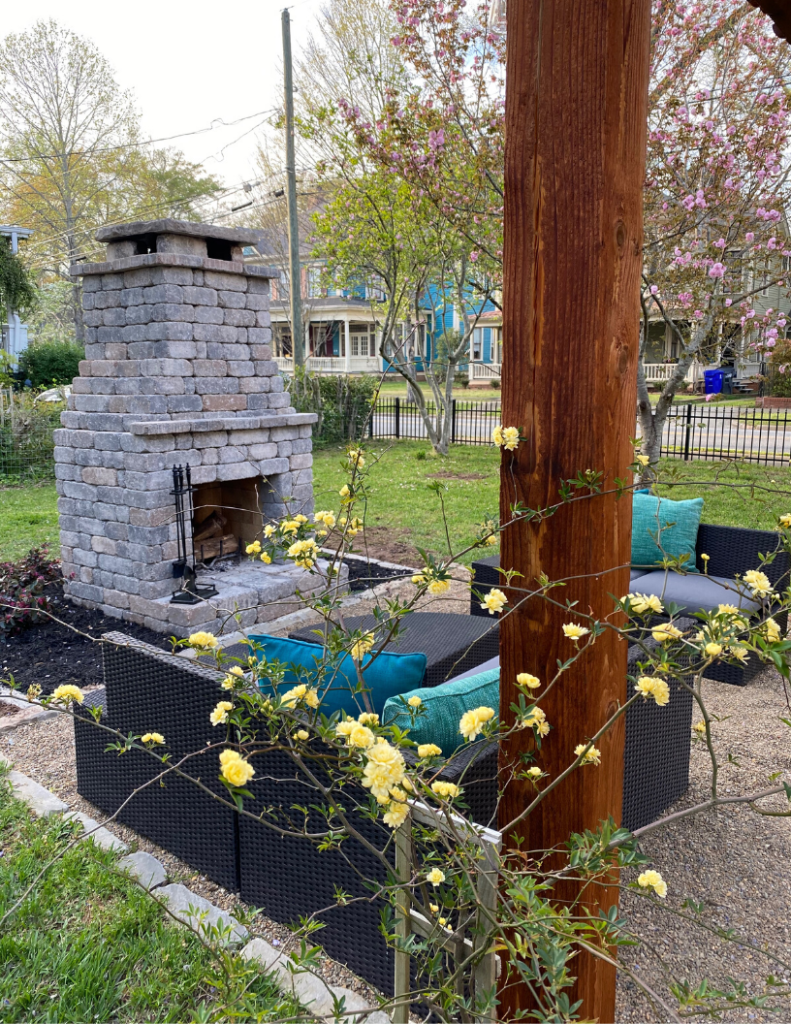

First, gather inspiration and assess your needs.
Look on Pintrest and in magazines. Look around the neighborhood and also think of outdoor spaces you have enjoyed on trips that you have been on. Do you need a place for dining? For sunning or lounging? Would you like to have a place to grill that is close to where the action is happening? Do you want an outdoor fireplace? Do you need shade? What do you want the material underfoot to be? Create an outdoor space in a location that you will want to use all the time that is convenient and accessible.
If you have some existing furniture you can use outside, take it for a test drive in the area that you are wanting to create your outdoor space. See where and what times you get sun and shade. Will that size table work? Do you need something larger or smaller? Do you need more outdoor seating? Think through how you and your guests will use the space the most.
Also, keep in mind what it will take to maintain the space. You likely want to choose both hardscape and furniture that require less maintenance so you can spend more time enjoying.
Second, start thinking about and researching what you want to implement into your yard and how you will go about executing your plan.
Think about what your budget is for your outdoor project. Do you want to tackle it in stages or complete it all at once. Are you going to DIY or hire out some or all of your project? Do you need to hire someone to help you come up with an overall plan?
These are some important questions to ask and research. If you are going to get help with your overall plan. Do that first. Ask for recommendations from friends and neighbors for someone they used and at garden centers. Look for local landscape planners and architects. If you are local to the South Metro Atlanta Area, we can help with that. Along with our landscape curbing solutions and fireplaces, we can help you design flower beds and make recommendations for plants that will thrive in each area of your landscape.
Once you have a plan in hand, now think about how you will execute it. If you hired someone to help you with your plan, they likely have a number of contractors on their staff or that they recommend to help you with the work. Since outdoor projects take time to grow and develop, there’s no problem working on it in phases as your budget allows.
Third, start implementing your plan.
You may need to take some time to get bids from contractors and discuss timelines with them. Depending on where you live you may need to get approvals from your Home Owners Association or Permits from your City or County. Don’t neglect looking into these because they can cost you big time down the road if your project wasn’t approved and doesn’t meet local codes or doesn’t comply with your association requirements.
Typically you will want to have your hardscaping or permanent structures such as walkways, pergolas, outbuildings, landscaping edging, patios, fireplaces, outdoor kitchens, etc in place first. Then you can start planting trees, shrubs, or plants that might have to be moved later. If you are anxious to get the greenery in, consider sticking to just the ones that you know won’t have to be moved or plant in pots and planters that can be used later as well.
Have patience with this part, especially if you budget allows for just one aspect of your landscape plan at a time. Landscaping and gardens take time to grow and develop. Allow yourself that time as you implement each project to see how things are working in your yard, what you want and need now and what you can wait and see on.
Finally, ENJOY!
Most of all, don’t wait until it is finished and perfect to enjoy what you have already worked so hard on. Enjoy the dining space during different times of the day or week or put in a makeshift one to have a place to sit and eat and enjoy. Put out a fire pit where you might want to one day put in a fireplace. See how the garden evolves over the seasons and see what changes you need to make to the landscape and what hardscapes you still want to implement.
Like interior spaces, exterior spaces will probably never be truly DONE. They will need to be able to change and adapt to the seasons both in nature and in our lives.

